What Ethernet protocols does the MRU support?
The MRU supports the following Ethernet protocols:
- UDP
- Modbus TCP
- Ethernet/IP
Note: All Norwegian Subsea MRUs include Ethernet communication.
For more information, visit our support site or contact us.
Related products
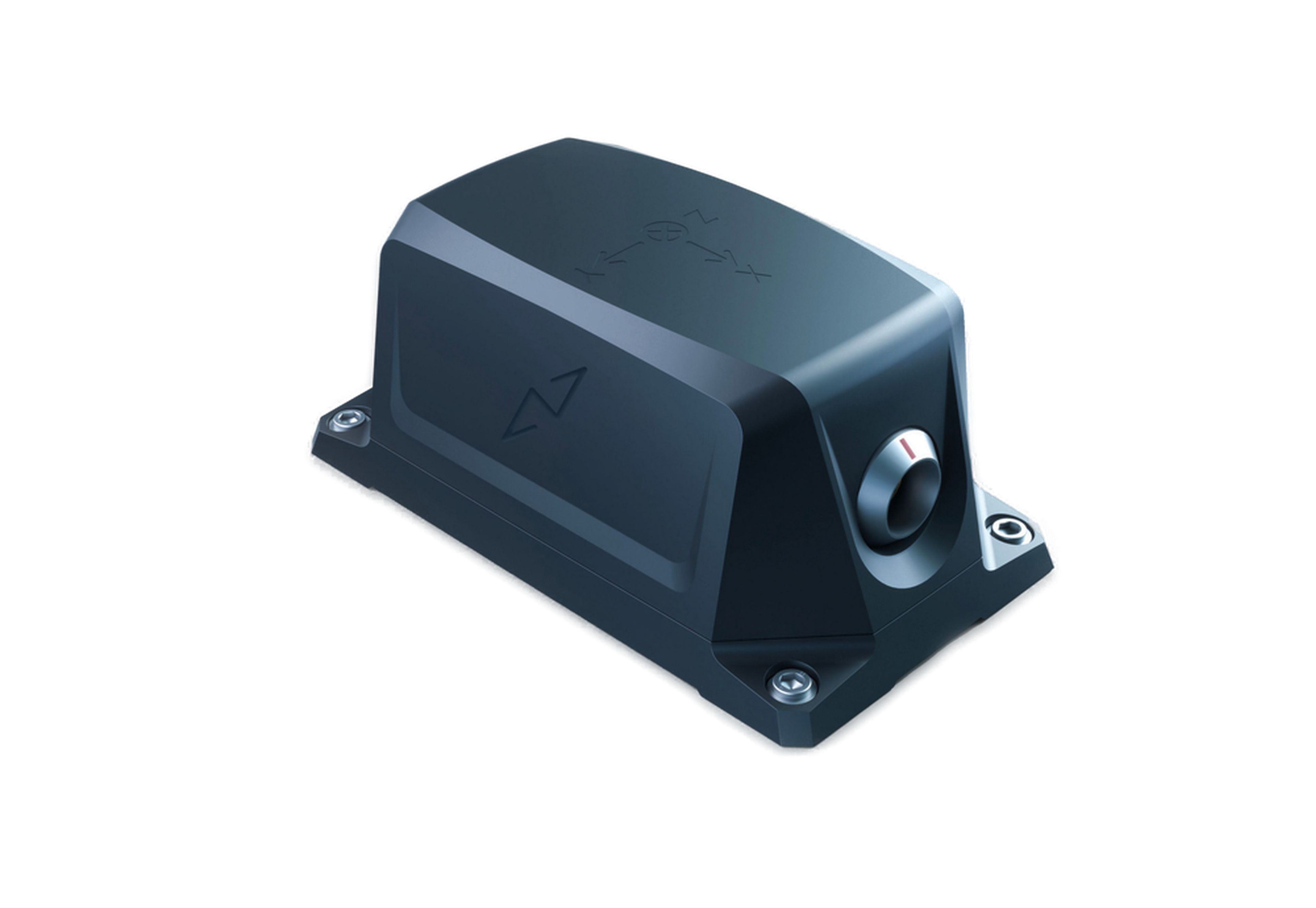
Usage area
50 m depth, IP 68
Connectors
Lemo or SubConn 8 or SubConn 16
Roll & Pitch accuracy
- 3000±0.05°
- 6000±0.02°
- 9000±0.01°
Heave accuracy
5 cm or 5.0%
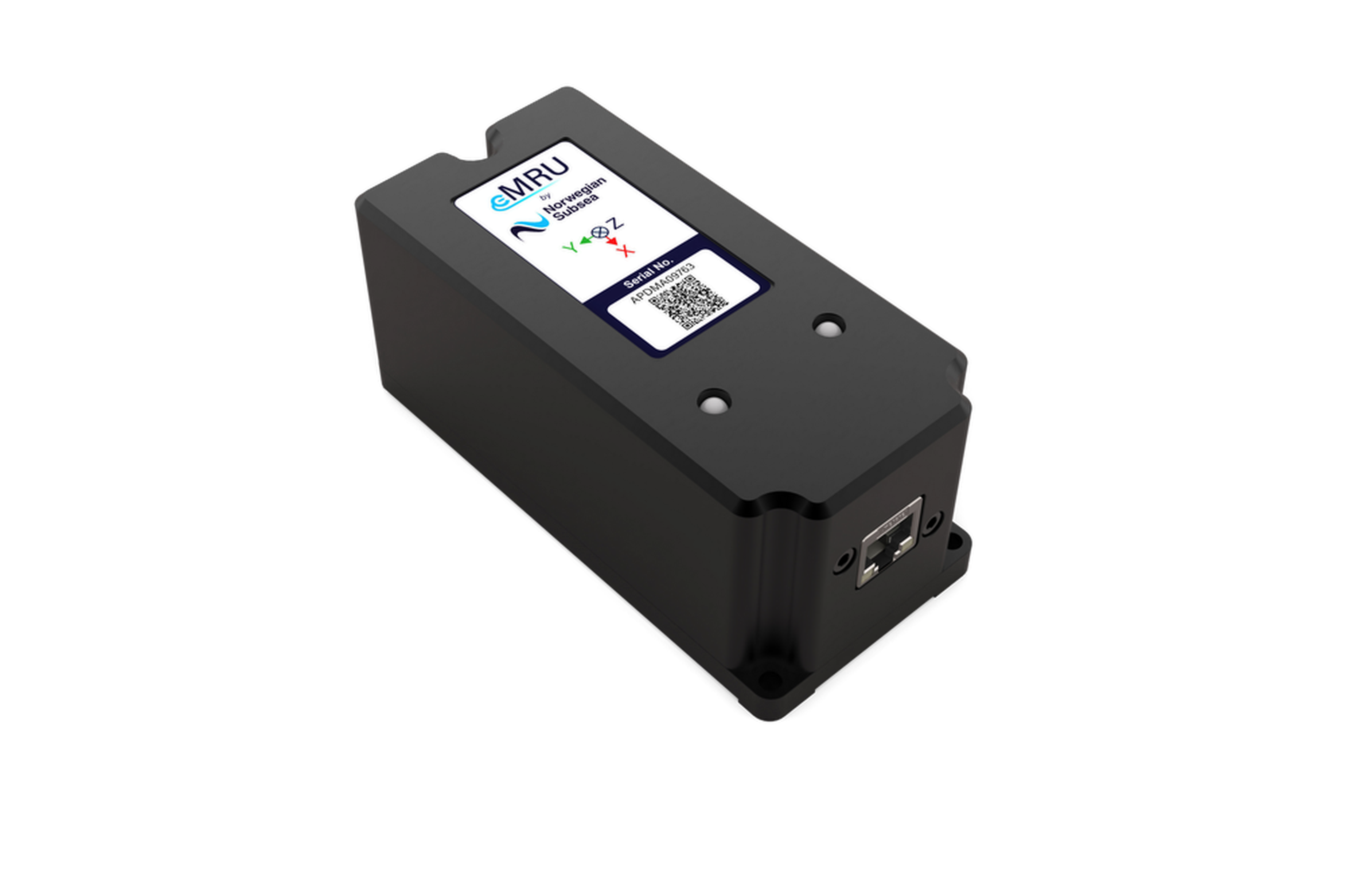
Usage area
IP 65
Connectors
RJ45 or RJ50
Roll & Pitch accuracy
- 3000±0.05°
- 6000±0.02°
- 9000±0.01°
Heave accuracy
5 cm or 5.0%
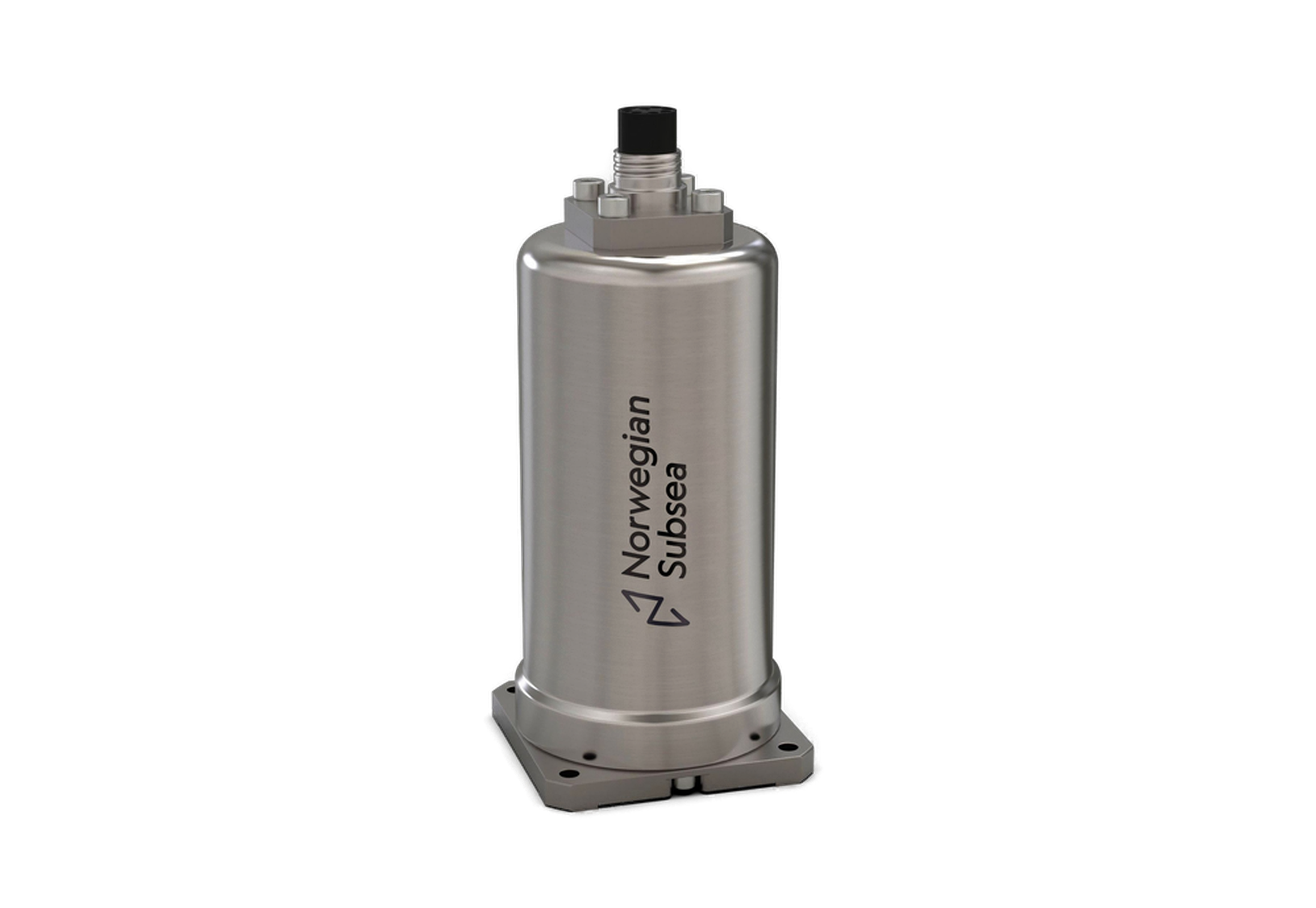
Usage area
6000 m depth
Connectors
SubConn 8
Roll & Pitch accuracy
- 3000±0.05°
- 6000±0.02°
- 9000±0.01°
Heave accuracy
5 cm or 5.0%
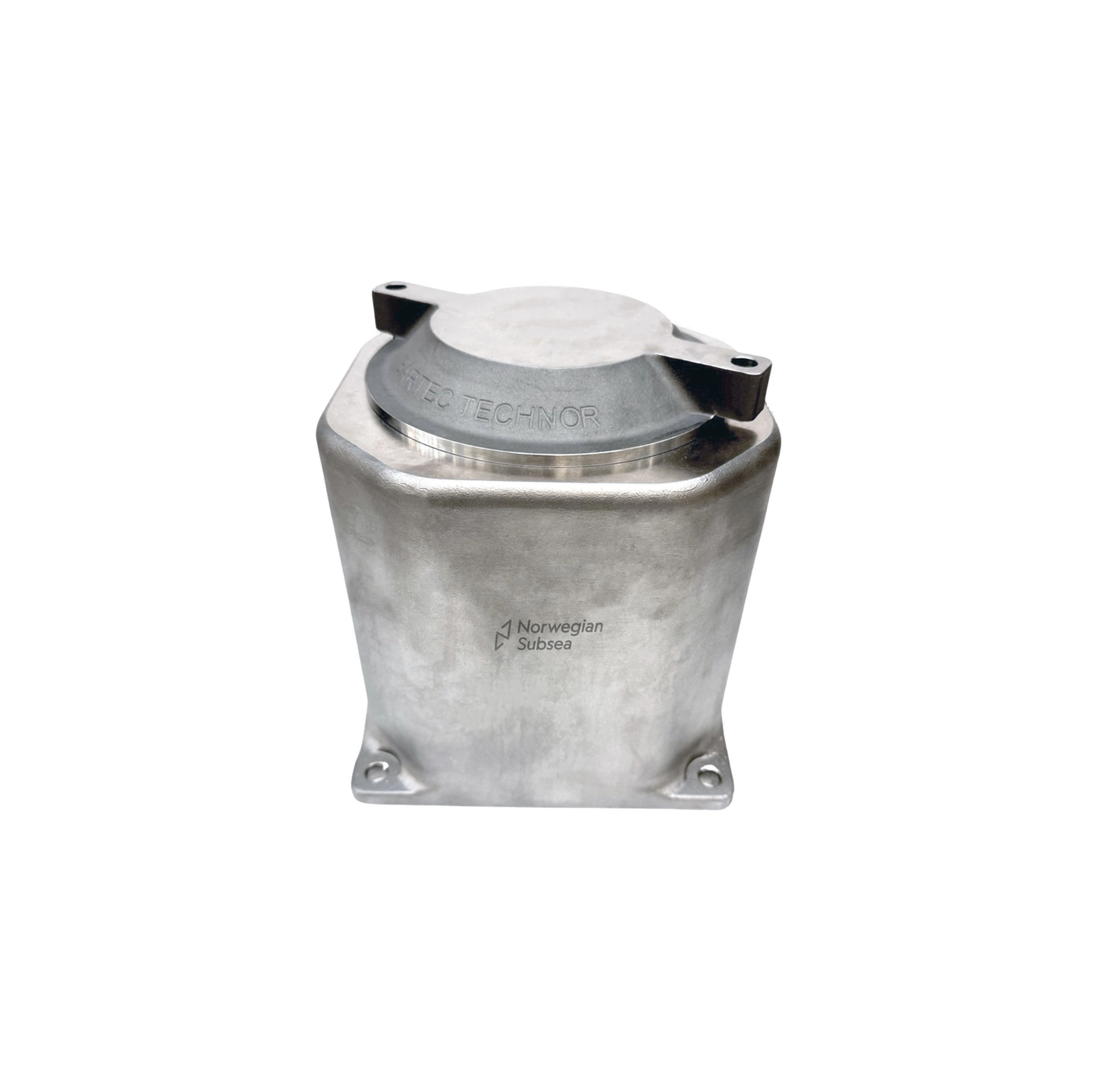
Usage area
Hazardous areas
Connectors
Pigtail cable
Roll & Pitch accuracy
- 3000±0.05°
- 6000±0.02°
- 9000±0.01°
Heave accuracy
5 cm or 5.0%
Further reading
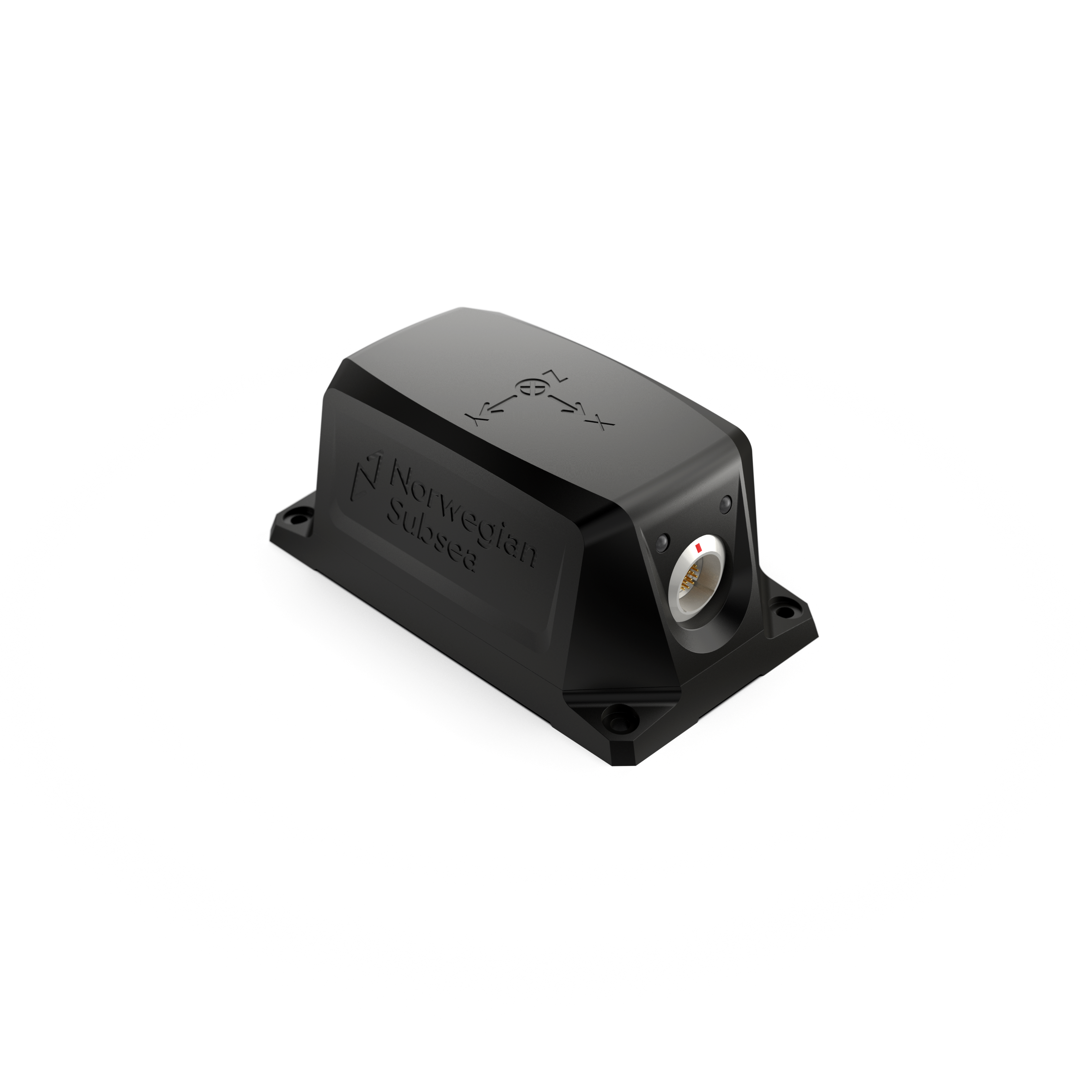
Advanced motion compensation for sonars introduced at Ocean Business 2025

MRUs for vessel performance optimisation in focus at Europort 2025
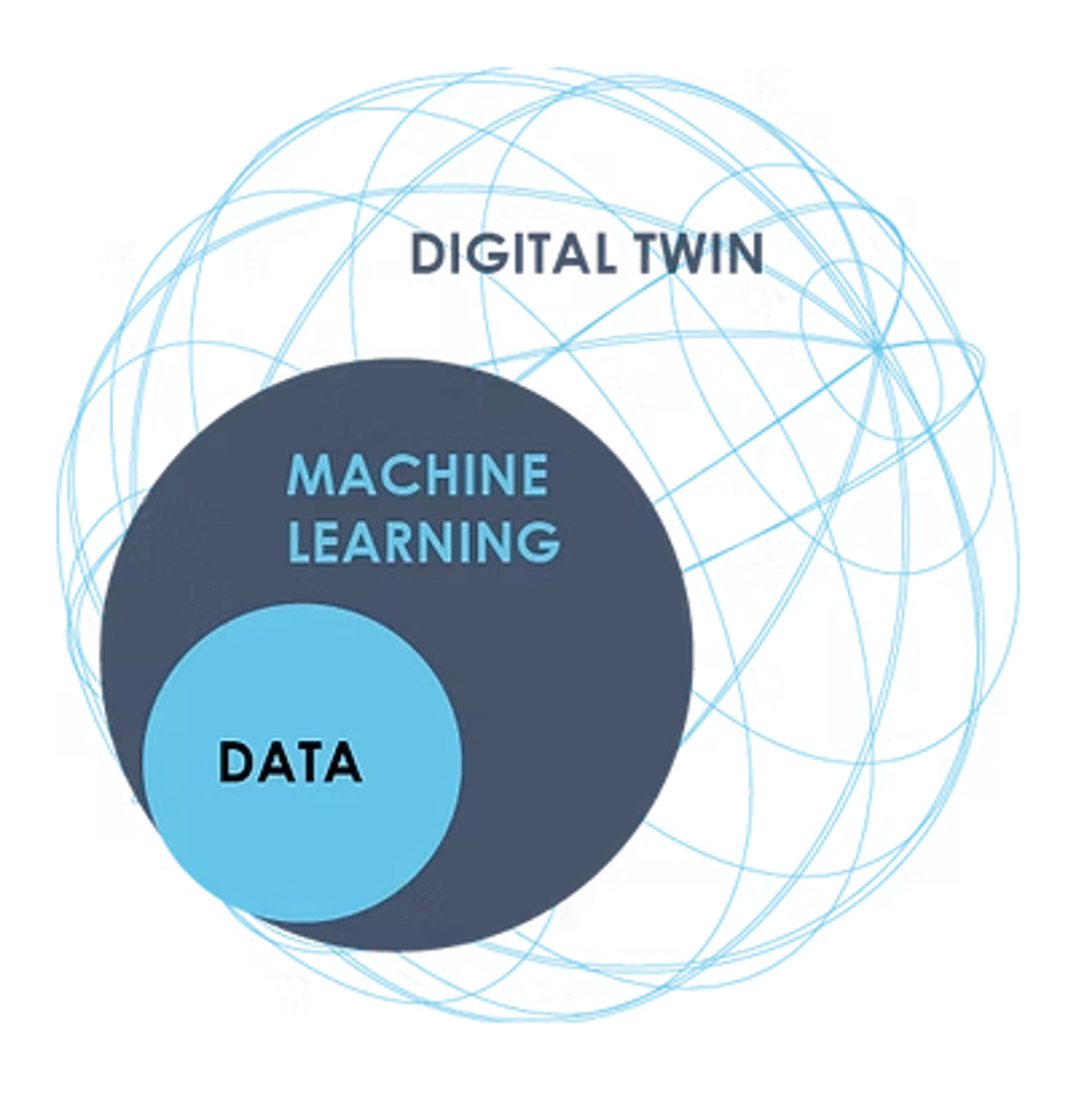
Research Project to Test Value of MRU Data for Vessel Performance and Carbon Reduction
Related questions
- Read the full answer
The MRU Marine is IP-68 rated with Lemo connectors and LEDs. The Marine SW supports 50m depth, uses SubConn connectors, and comes in two versions differing by available output combinations.
- Read the full answer
A gyrocompass determines true north using gyroscopes and Earth's rotation, not magnetism. It’s essential for heading accuracy in marine and aerial navigation, though performance may vary at extreme latitudes.
- Read the full answer
Passive PoE powers the MRU Compact via standard Ethernet cable without negotiation. It’s not compatible with most PoE switches (which use Active PoE), so a splitter or converter is typically required.
Check out
Pariatur ullamco aute exercitation nostrud ullamco tempor officia pariatur occaecat eu ex pariatur. Adipisicing amet sunt minim do tempor duis ea cillum ea nulla ipsum ex. Nisi tempor nisi cillum ex dolor proident eu. Nisi velit elit eu pariatur magna aliqua Lorem amet duis. Eiusmod pariatur consequat elit aliqua cupidatat deserunt nostrud exercitation ullamco voluptate enim reprehenderit velit exercitation occaecat. Exercitation incididunt ut consectetur nostrud dolor aute. Deserunt amet occaecat enim exercitation ut dolore ad ullamco proident non nulla. Qui aute tempor culpa amet.